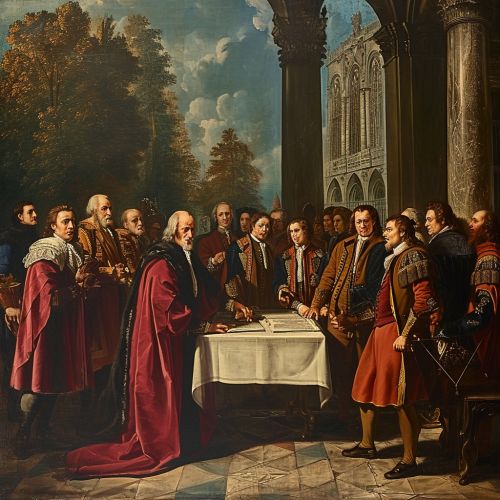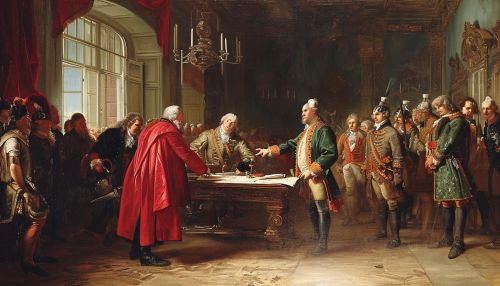Balance of Power in International Relations
Overview
The concept of the Balance of Power in international relations refers to the equilibrium that exists when the power held by states within the international system is distributed in such a way that no single state or coalition of states is able to dominate others. This balance is often maintained through a complex network of alliances, treaties, and other diplomatic and military arrangements.
Historical Context
The Balance of Power theory has its roots in the Peace of Westphalia of 1648, which ended the Thirty Years' War. This peace treaty established the concept of state sovereignty, which is the principle that each state has exclusive authority over its own territory and domestic affairs. This principle laid the groundwork for the development of the Balance of Power theory.


Theory and Principles
The Balance of Power theory is based on several key principles. First, it assumes that states are the primary actors in international relations and that they act in their own self-interest. Second, it assumes that states seek to maximize their own power relative to other states. Third, it assumes that states will form alliances with other states to prevent any one state from becoming too powerful.
Balance of Power Dynamics
The Balance of Power can be achieved in two ways: through internal balancing or external balancing. Internal balancing refers to a state increasing its own power through measures such as military buildup or economic growth. External balancing, on the other hand, involves states forming alliances to counter the power of more powerful states.
Criticisms and Limitations
Despite its enduring influence, the Balance of Power theory has been subject to numerous criticisms. Some critics argue that the theory is overly simplistic and fails to account for the complex realities of international relations. Others contend that the theory is based on outdated assumptions about state behavior and the nature of power.
